In today’s fast-evolving industrial landscape, the demand for highly skilled workers is growing exponentially. However, there is a significant gap between the skills workers possess and those required by modern industries. The integration of artificial intelligence (AI) and NextGen Virtual Training for Industry is revolutionizing how companies approach workforce development, offering innovative solutions to bridge this gap. These technologies provide immersive, hands-on training experiences that are scalable, flexible, and highly effective in preparing workers for the complexities of industrial environments.
This article explores how AI and NextGen Virtual Training are reshaping industrial training and their role in closing the skills gap, ensuring businesses remain competitive in a rapidly changing global market.
Understanding the Industrial Skills Gap
The industrial skills gap refers to the discrepancy between the skills that employers need and the skills that workers currently have. As technology advances, industries such as manufacturing, logistics, and energy require workers who are not only technically proficient but also capable of operating and maintaining complex machinery, analyzing data, and adapting to new technologies. However, many workers are not equipped with these modern skills, creating a gap that affects productivity, efficiency, and growth.
In Australia, as well as globally, industries are facing significant challenges in finding and retaining skilled workers. As experienced workers retire and new technologies emerge, the need for training programs that quickly upskill workers has never been more pressing.
The Rise of NextGen Virtual Training for Industry
NextGen Virtual Training for Industry represents the next phase of workforce education. This cutting-edge technology uses virtual reality (VR), augmented reality (AR), and AI to create simulated industrial environments where employees can practice real-world tasks without the risks associated with traditional on-the-job training. Unlike traditional methods that rely on lectures and hands-on experience in physical settings, NextGen Virtual Training provides immersive, interactive training experiences that are safe, efficient, and adaptable to different industries.
How AI Enhances Virtual Training
AI plays a crucial role in enhancing the effectiveness of NextGen Virtual Training programs. Here are some of the key ways AI is transforming industrial training:
1. Personalized Learning
AI-powered training platforms analyze individual learning patterns and skill levels to tailor training programs to each employee’s needs. This personalized approach ensures that trainees focus on the areas where they need the most improvement, speeding up the learning process and boosting retention rates. By leveraging AI, industrial companies can create dynamic training modules that adapt to the learner’s progress, ensuring mastery of critical skills.
2. Real-Time Feedback and Assessment
One of the significant advantages of AI in virtual training is the ability to provide real-time feedback. As workers complete virtual tasks, AI can evaluate their performance, identify mistakes, and offer suggestions for improvement instantly. This immediate feedback loop helps trainees learn faster and correct errors before they become ingrained habits. In industries where precision and accuracy are vital, such as in manufacturing or construction, this feature is especially valuable.
3. Simulating Complex Scenarios
AI enhances the realism of virtual training simulations by creating complex, dynamic scenarios that mimic real-world industrial challenges. For example, workers can train for emergency situations, equipment malfunctions, or hazardous conditions without being exposed to actual danger. AI-powered simulations can also be customized to replicate specific workplace environments, allowing employees to practice tasks and procedures that are directly relevant to their roles.
4. Data-Driven Insights
AI collects and analyzes vast amounts of data on trainee performance. This data can be used to identify trends, predict future skills shortages, and refine training programs over time. Companies can also use these insights to track the progress of their employees, identify high-potential workers, and make informed decisions about workforce development.
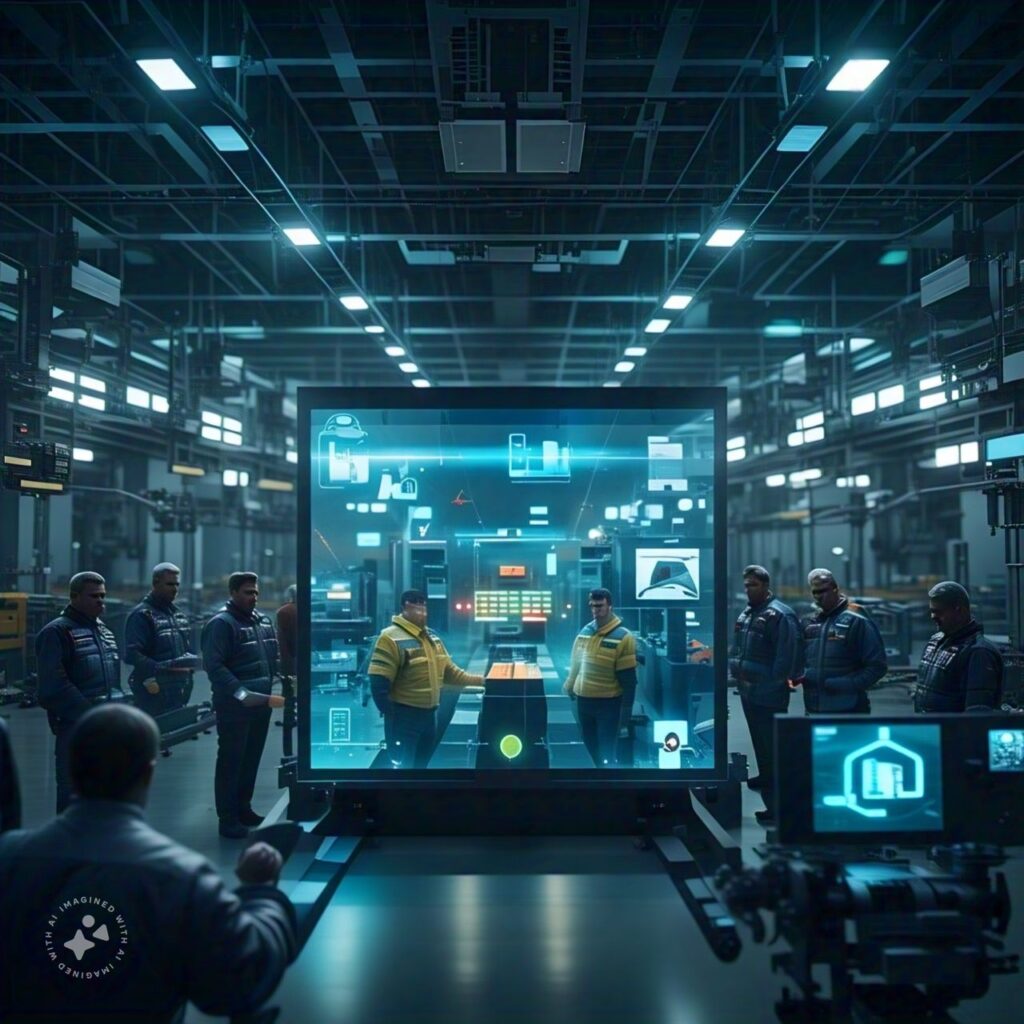
The Role of AI and NextGen Virtual Training in Bridging the Industrial Skills Gap
Benefits of NextGen Virtual Training for Industry
1. Cost-Effective Training
Traditional training methods often require physical resources, machinery, and time. NextGen Virtual Training eliminates the need for expensive equipment and downtime, making training more cost-effective. Workers can train in virtual environments without disrupting production schedules, reducing the overall costs associated with onboarding and upskilling employees.
2. Safe Learning Environment
Industrial work often involves high-risk tasks, such as operating heavy machinery or working in hazardous environments. Virtual training allows employees to practice these tasks in a risk-free setting, reducing the likelihood of accidents and injuries. This not only enhances safety but also gives trainees the confidence to handle real-world situations more effectively.
3. Scalability
One of the most significant advantages of virtual training is its scalability. Whether a company needs to train 10 employees or 1,000, virtual training programs can be easily scaled to meet the demand. This is particularly important for industries facing large-scale labor shortages, as it allows for the rapid deployment of training programs across multiple locations.
4. Enhanced Engagement and Retention
Traditional classroom-based training methods can be monotonous and less engaging for workers. In contrast, NextGen Virtual Training provides an interactive and immersive learning experience that keeps trainees engaged. Studies have shown that immersive learning experiences lead to better information retention, ensuring that workers not only learn new skills but also retain them for longer periods.
Bridging the Skills Gap with AI and Virtual Training
The combination of AI and NextGen Virtual Training is a game-changer for industries facing a widening skills gap. By offering personalized, efficient, and immersive training experiences, these technologies are helping businesses equip their workforce with the skills needed to thrive in modern industrial environments. This approach not only reduces the time and costs associated with training but also ensures that workers are fully prepared to meet the challenges of their roles.
For businesses in industries like manufacturing, logistics, and construction, where the skills gap is most pronounced, investing in AI-driven virtual training programs is no longer a luxury—it’s a necessity. The future of workforce development lies in the ability to deliver flexible, scalable, and engaging training solutions that keep pace with technological advancements.
Conclusion
The integration of NextGen Virtual Training for Industry and AI represents a revolutionary shift in how industrial companies approach employee training. By creating immersive, customized training programs that simulate real-world scenarios, businesses can rapidly upskill their workforce, reduce safety risks, and enhance productivity. As the industrial skills gap continues to widen, leveraging these advanced technologies will be key to remaining competitive in a fast-paced, tech-driven world.
FAQs
- How does NextGen Virtual Training improve industrial training?
NextGen Virtual Training uses VR, AR, and AI to create immersive, risk-free environments where workers can practice real-world tasks, enhancing learning and retention. - What role does AI play in virtual training?
AI personalizes training experiences, provides real-time feedback, and simulates complex scenarios, ensuring that trainees receive the most effective and efficient training. - Why is virtual training important for closing the skills gap?
Virtual training provides a scalable, cost-effective, and engaging way to quickly upskill workers, helping industries address the growing skills gap.








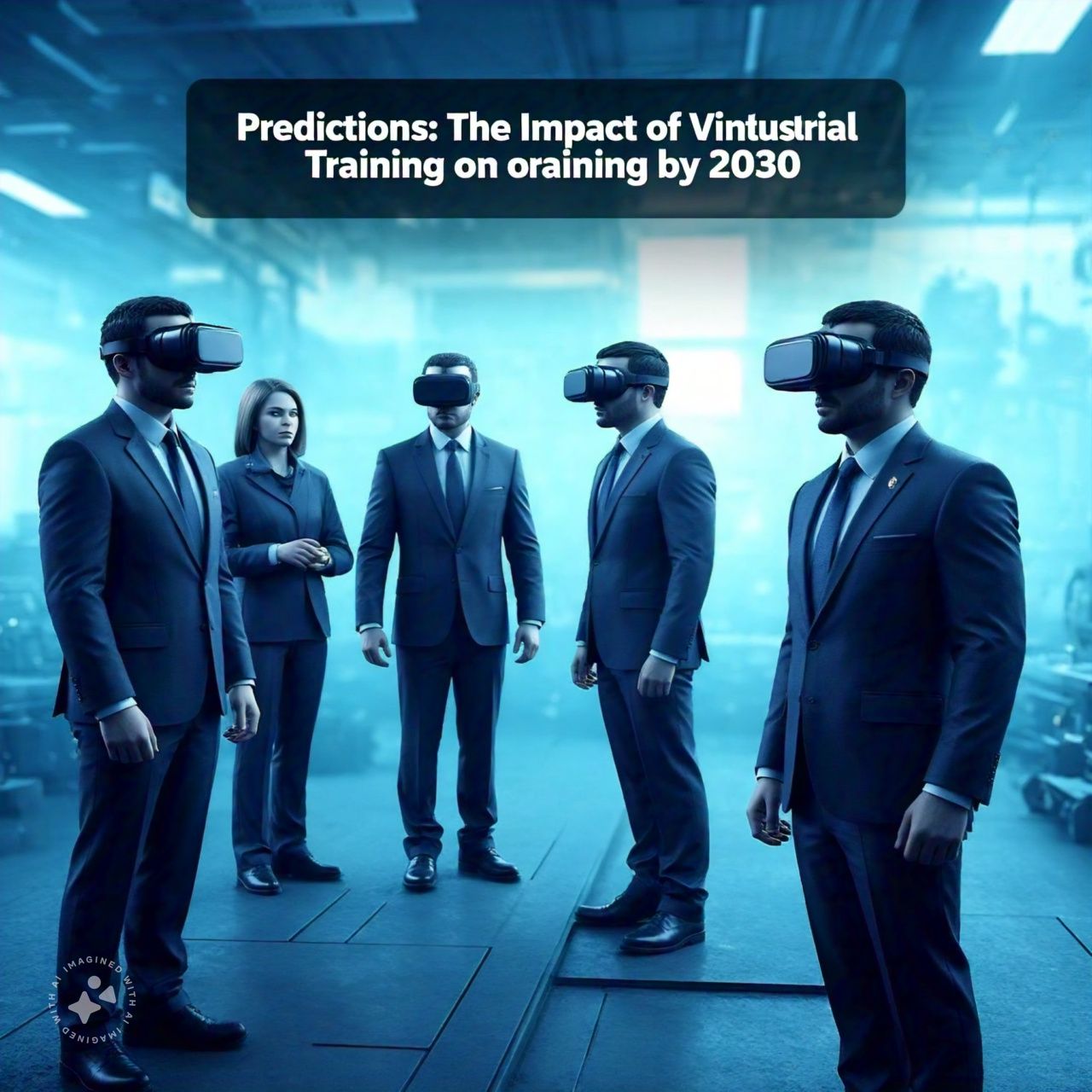

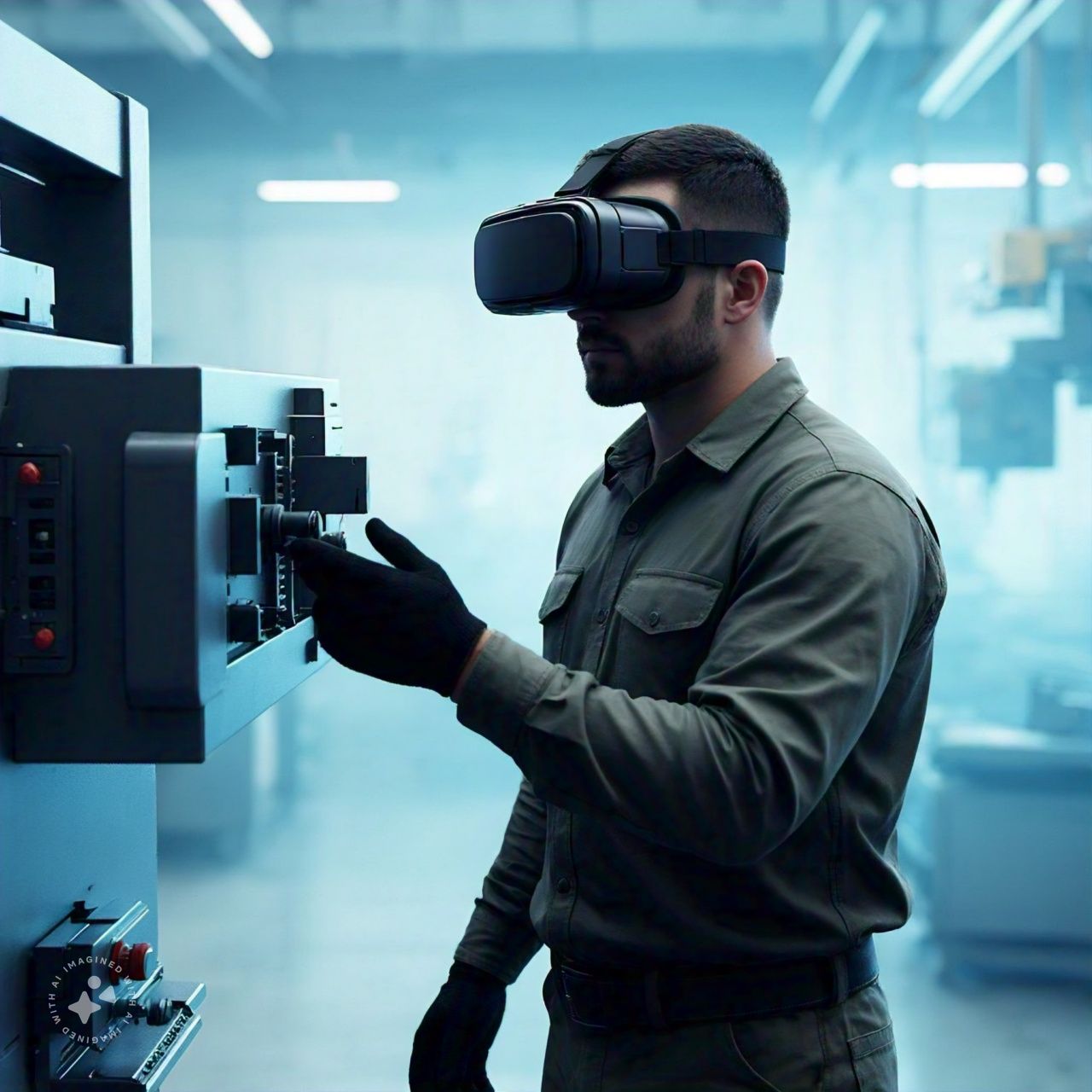
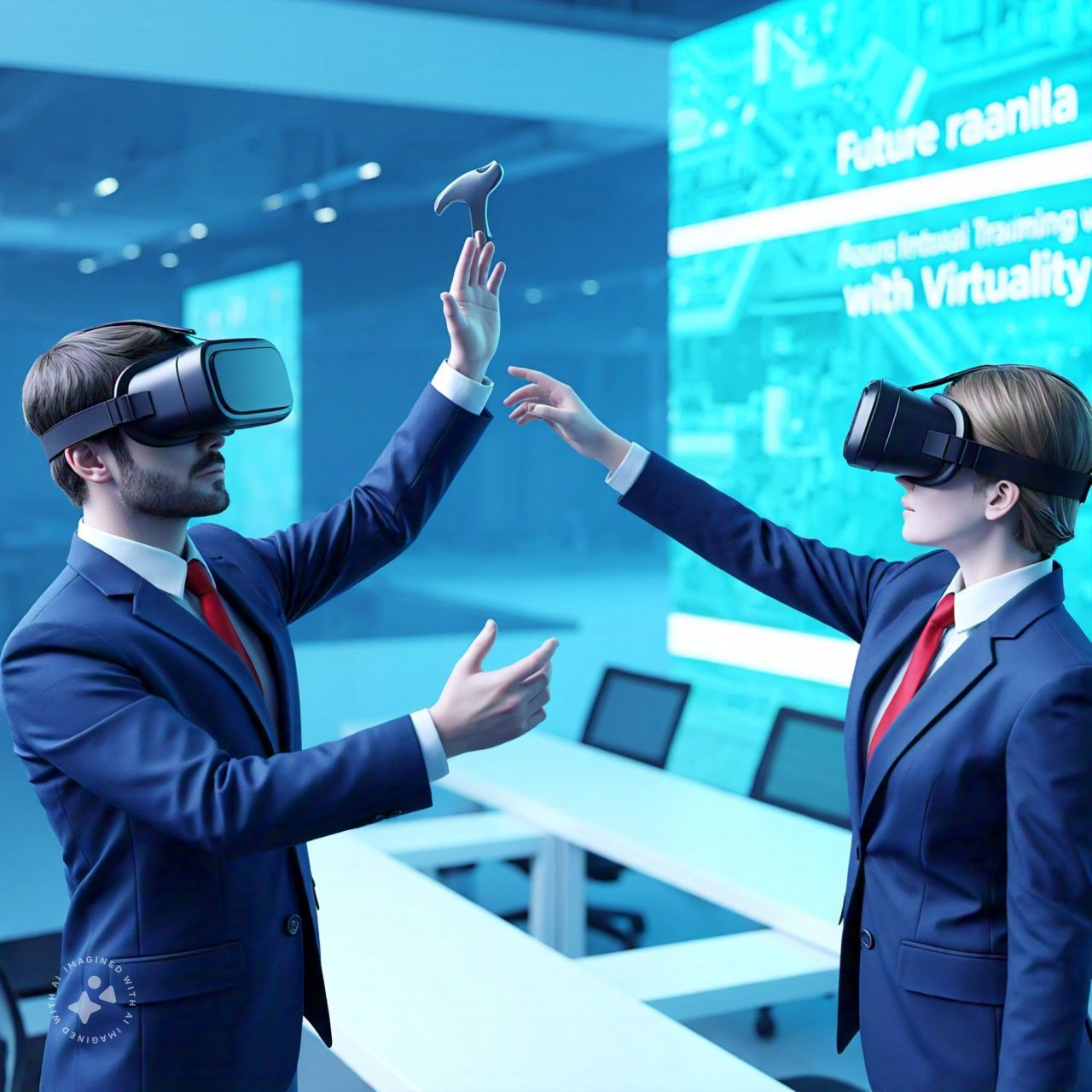

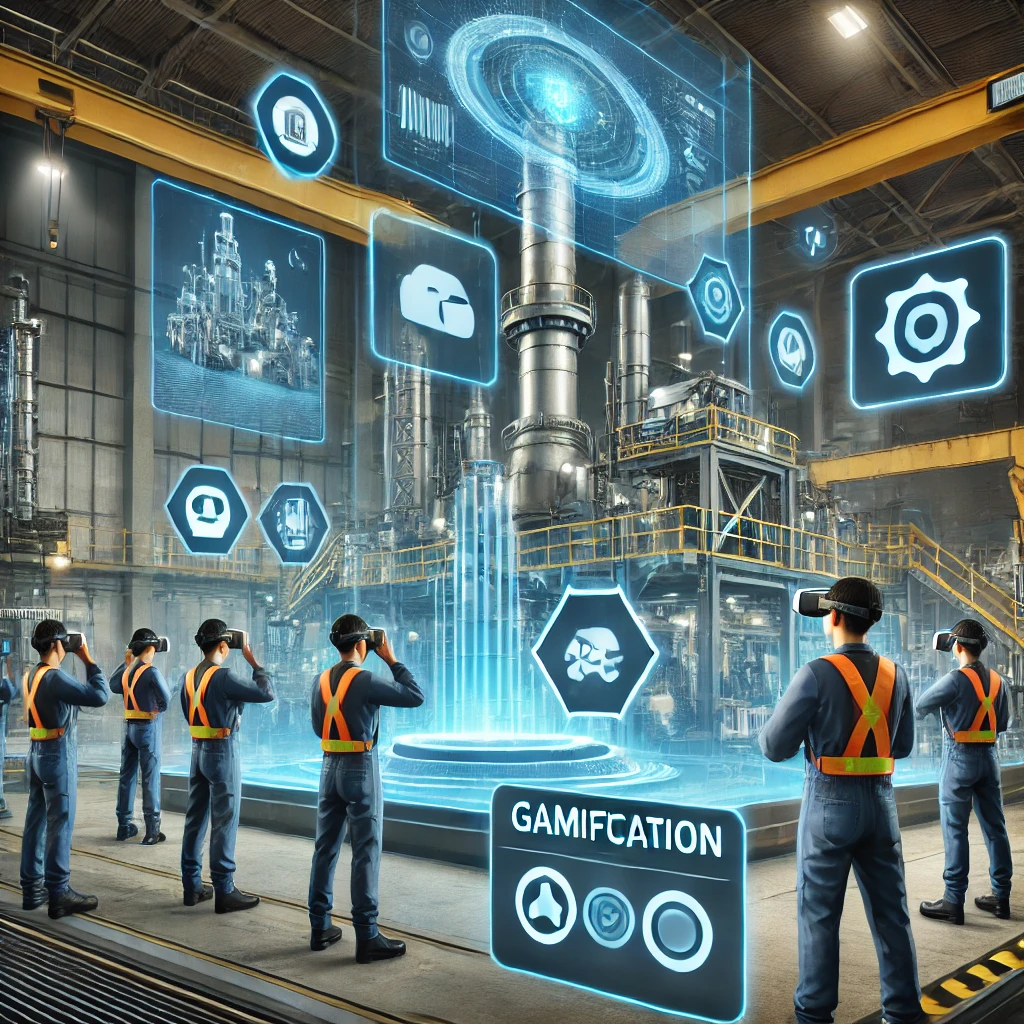
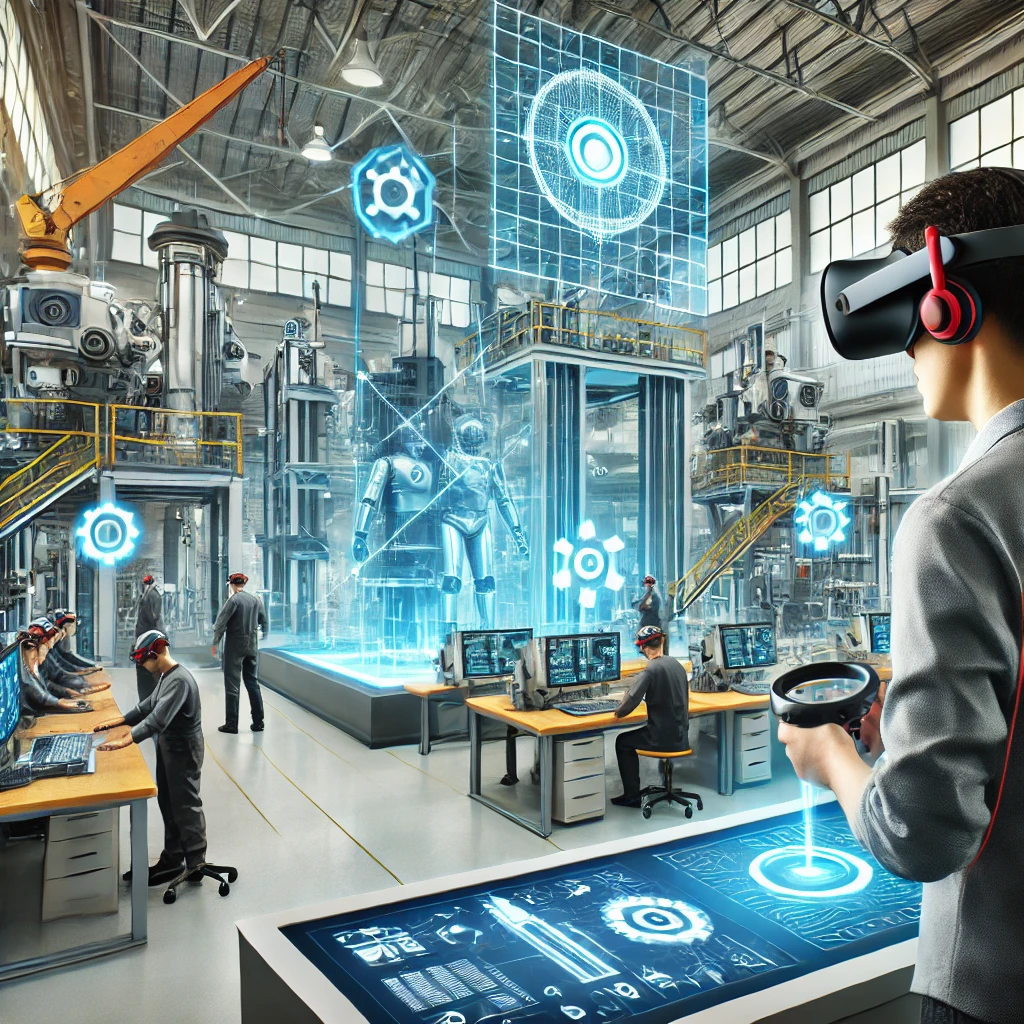
Leave a Reply